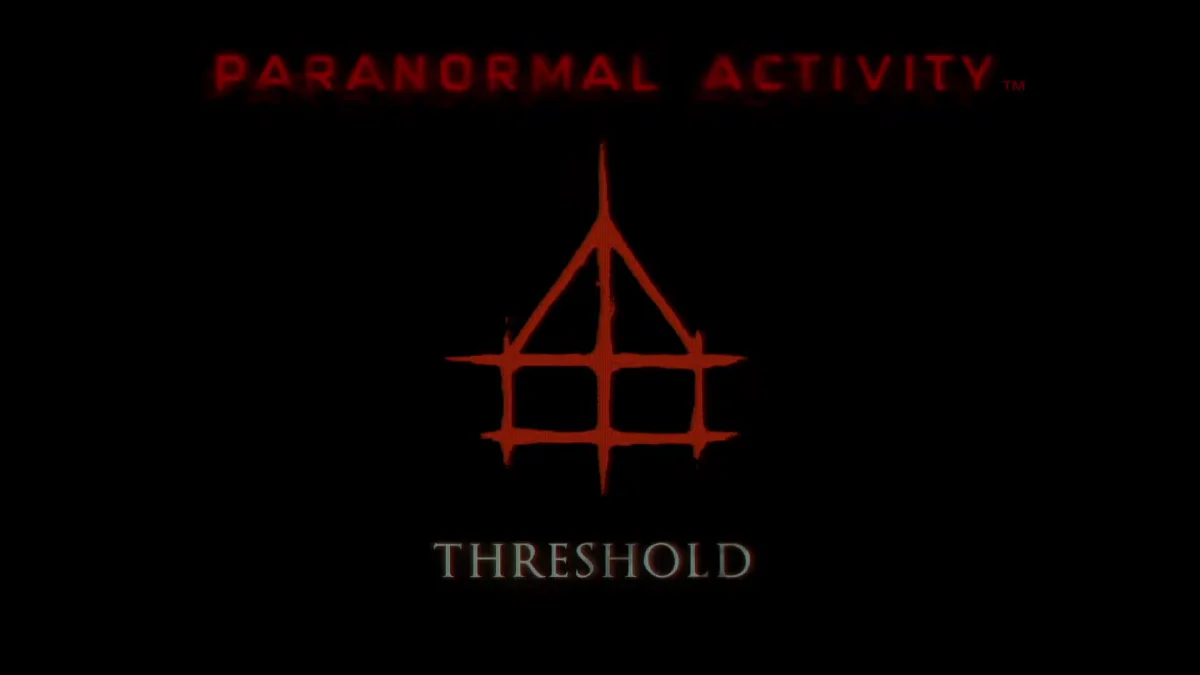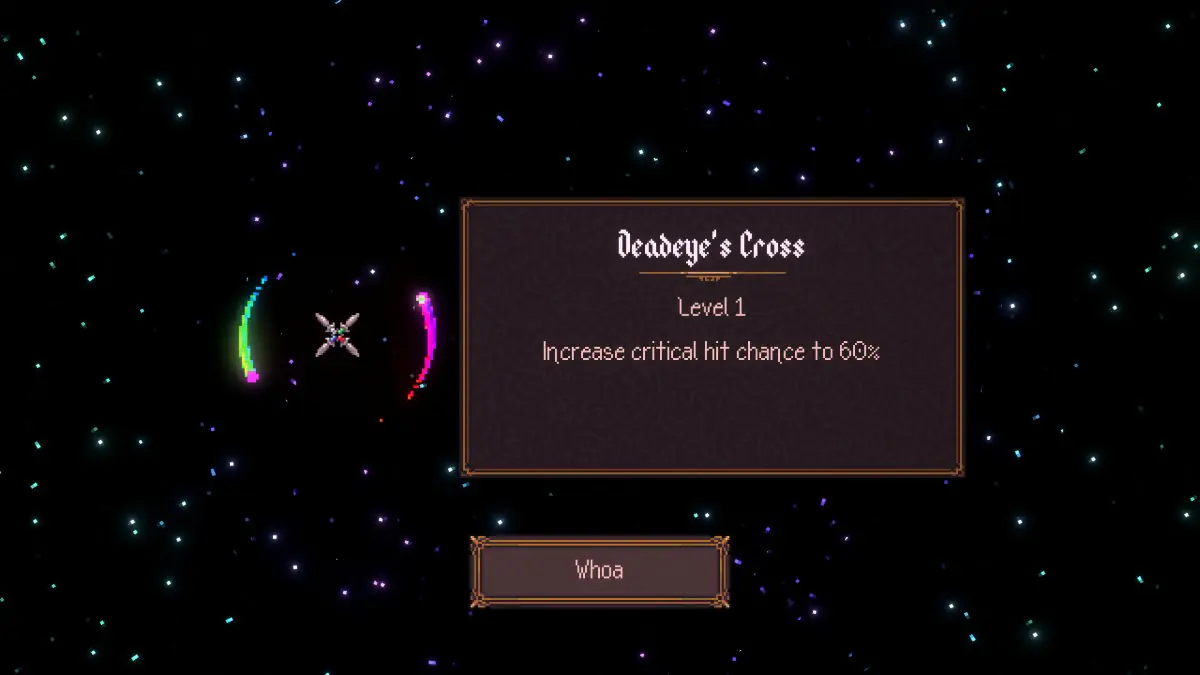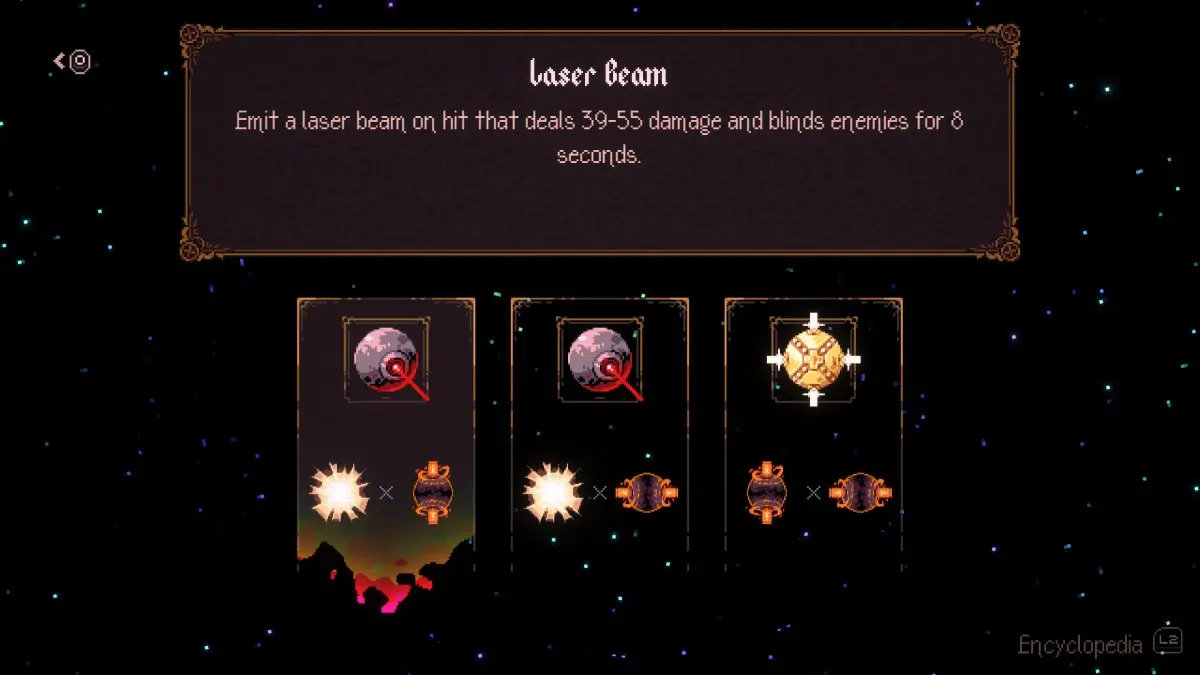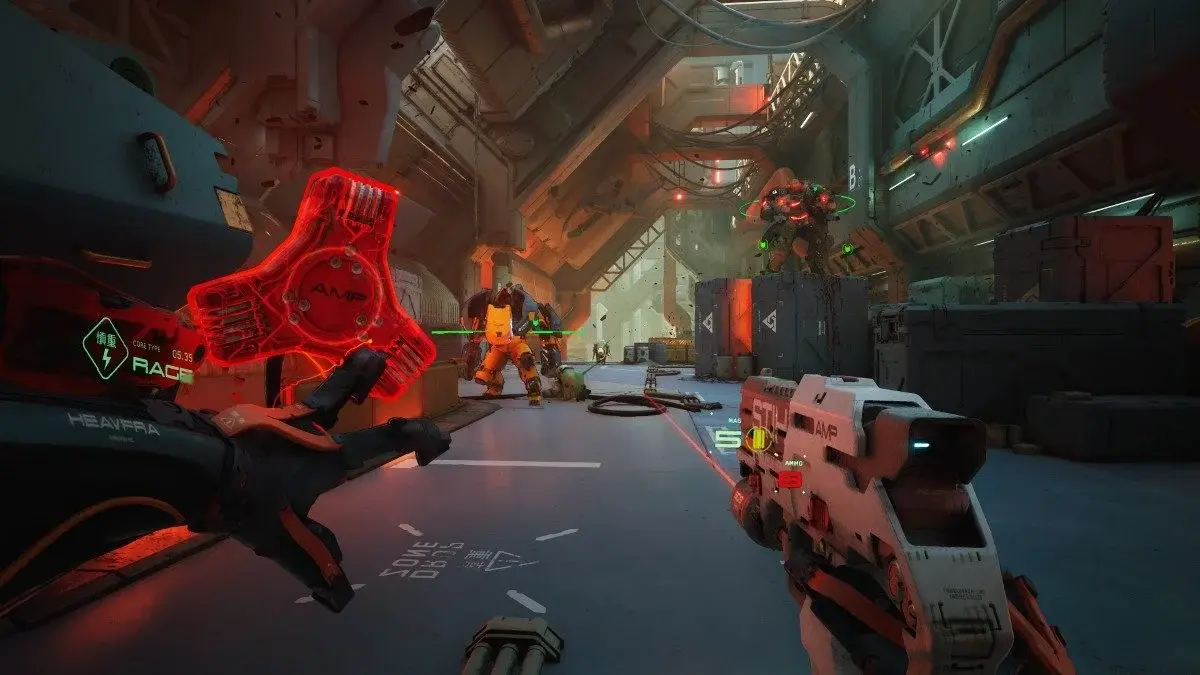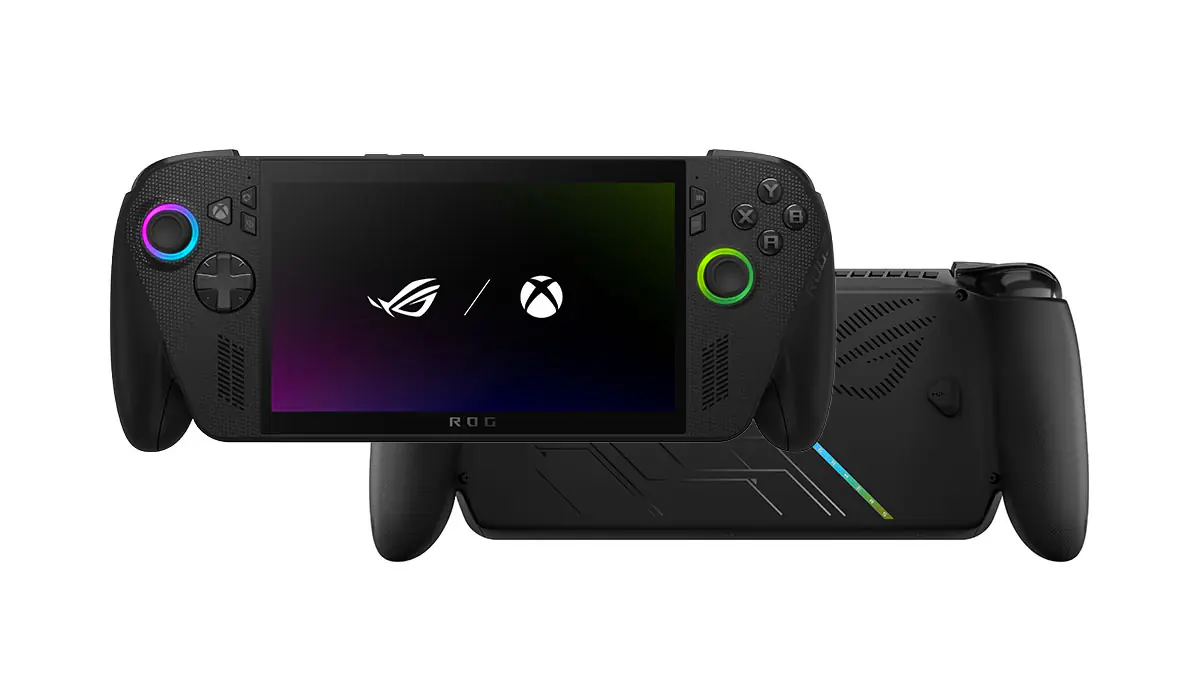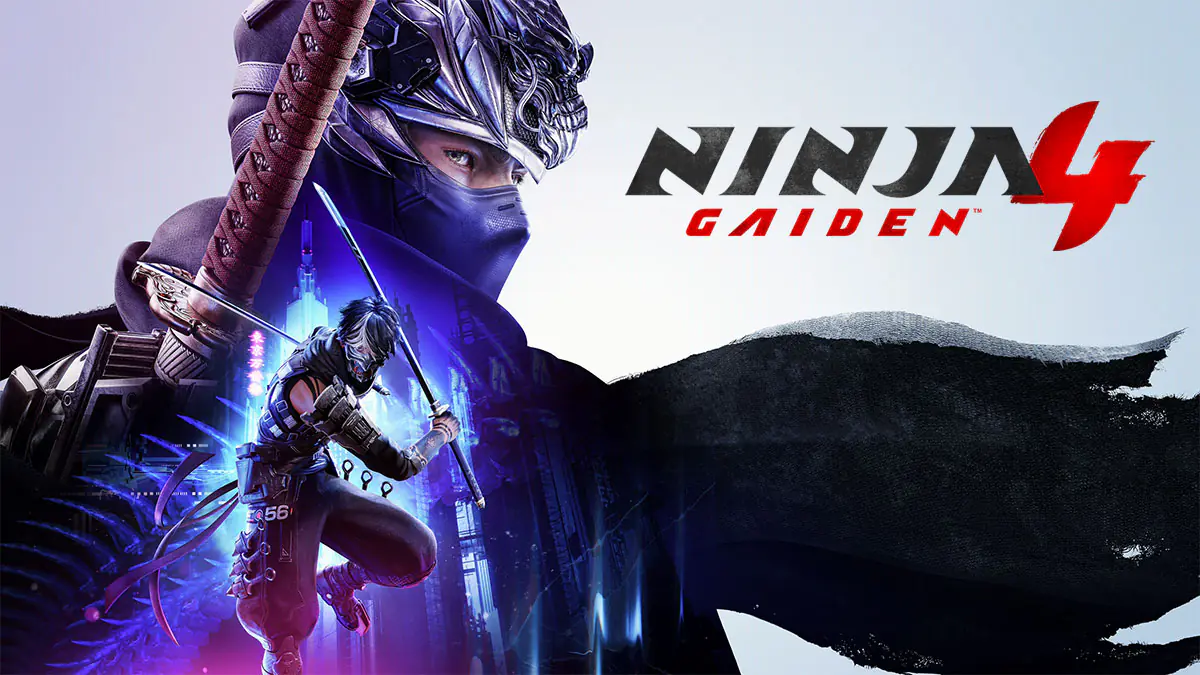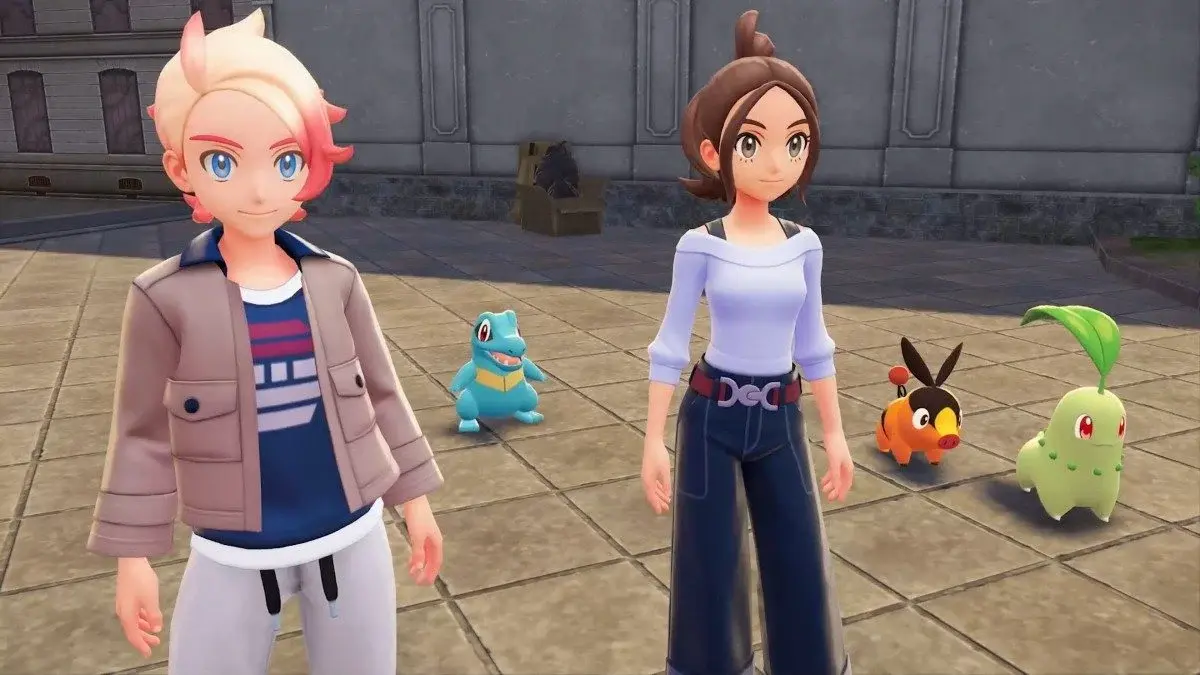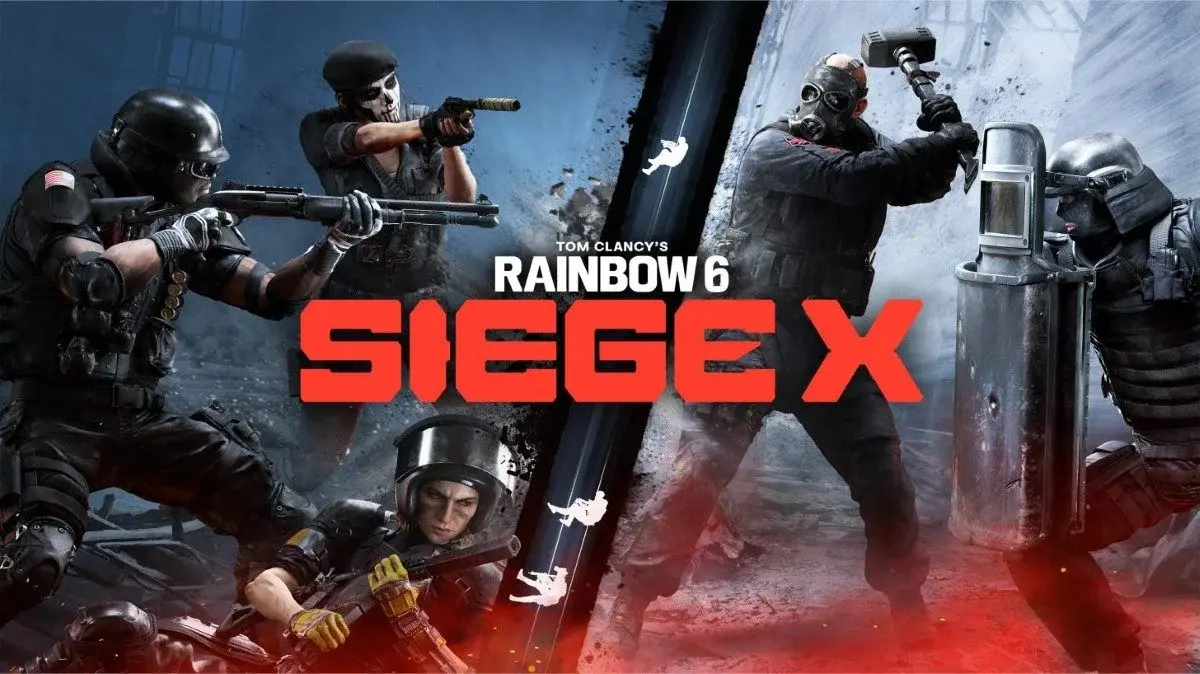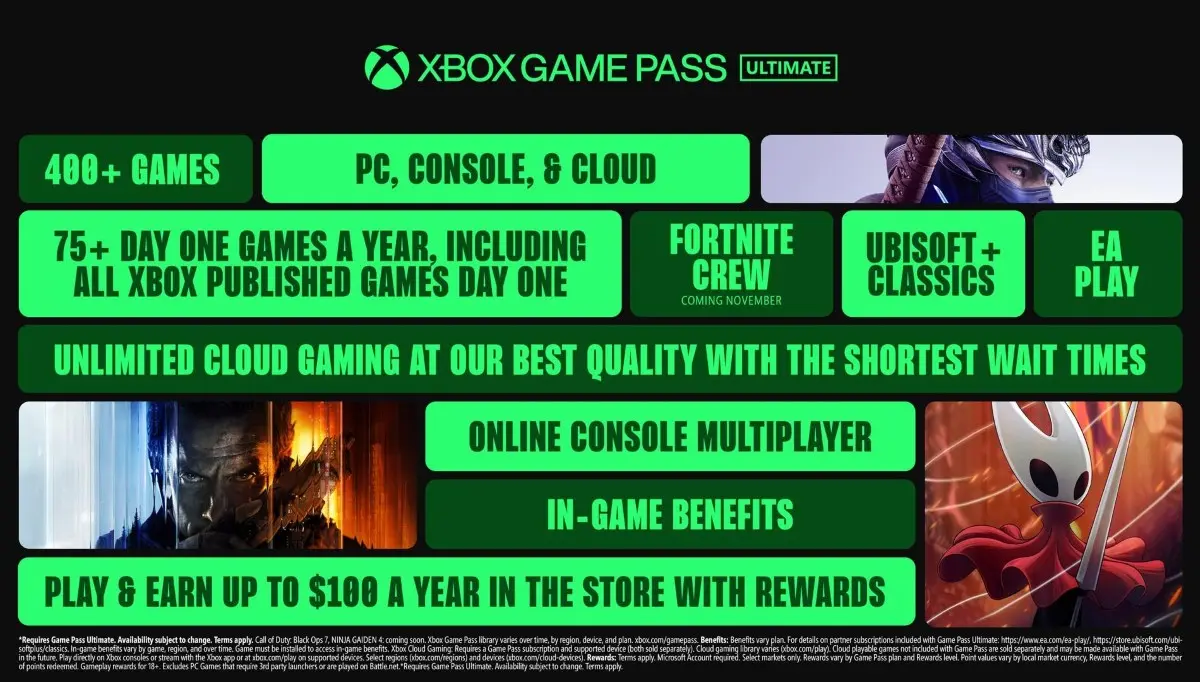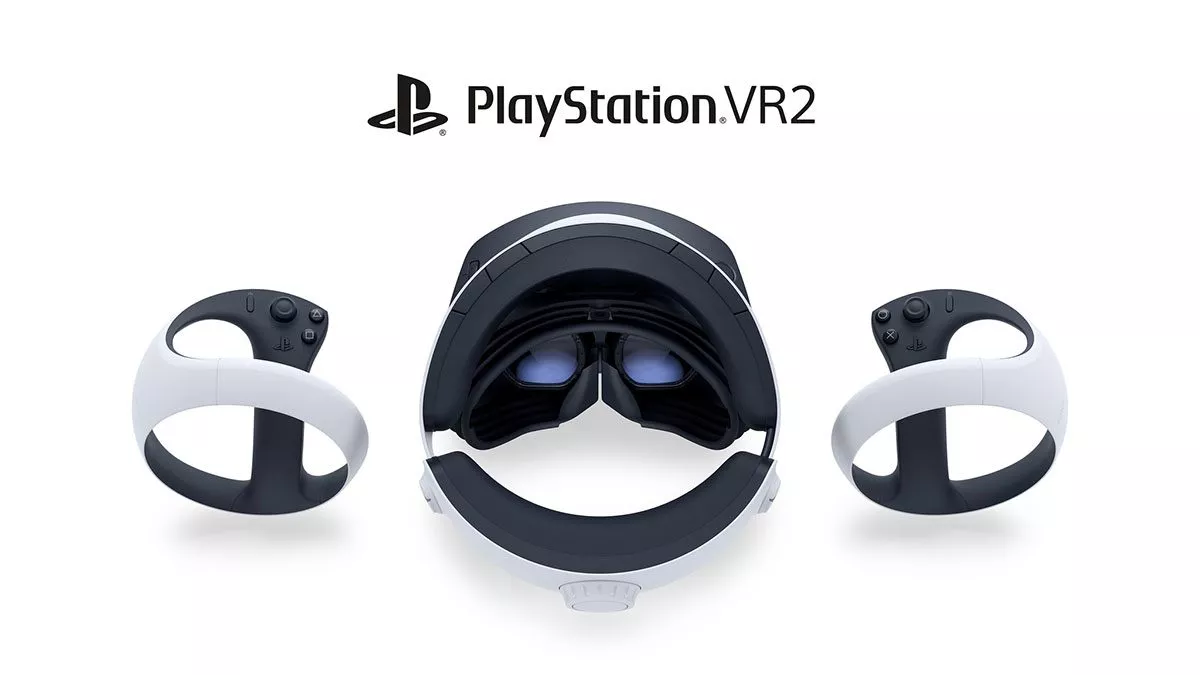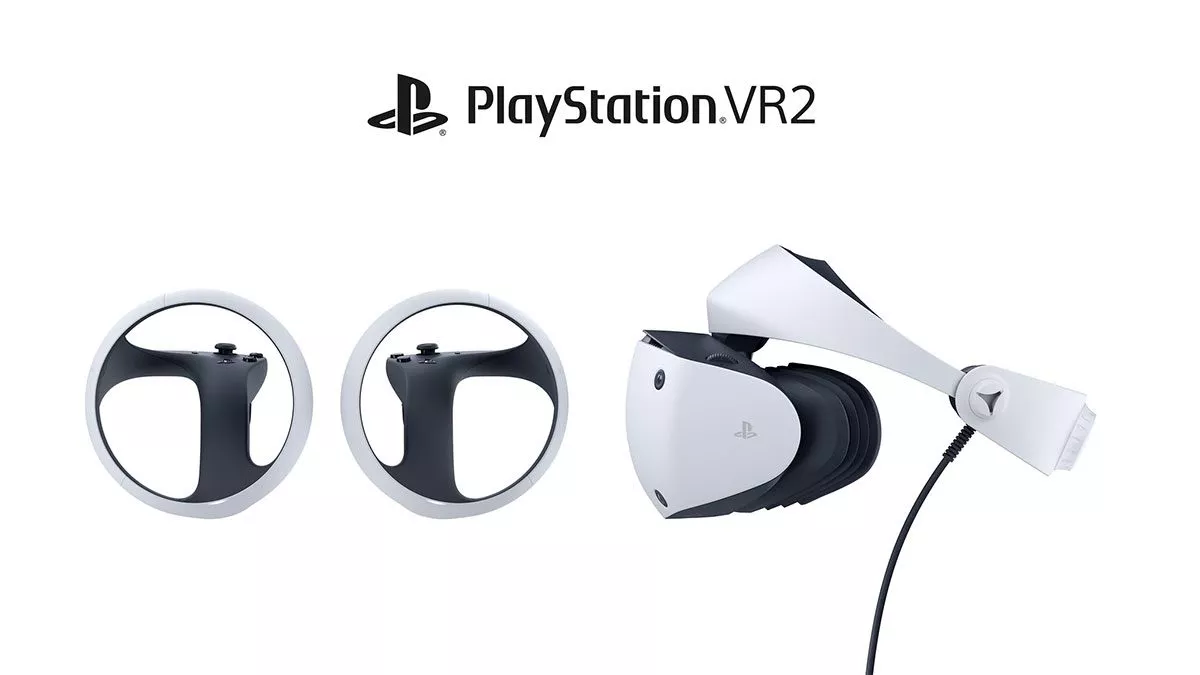Better tech at a cost... and a price.
The first time Sony dipped its toes into the world of virtual reality (VR) the result was interesting to say the least. Accurately described by our very own Steve as a hulking behemoth of plastic and cables with a hefty price tag to boot, the original PSVR was the console gamer’s first chance to give VR a go without the need to drop a few grand on a powerful PC. In short, Sony found a gap in a growing market and filled it. Though — and likely with the aim of making the cost of entry more palatable — the tech built in was slightly lacking when compared to other models on said market.
The PSVR as a device in and of itself was generally well-received by critics but ultimately let down by a limited selection of titles; the number of truly good games on the platform can be counted on one hand. This is why it was quite surprising to me that Sony decided to give VR another go. Yet here it is and it’s abundantly clear that many lessons have been learned with respect to the hardware, with piles of improvements made this time around. With that in mind we can only hope that Sony has also learned when it comes to the need for quality titles on this new generation.
As an owner of an original PSVR unit, to me the most striking difference with the VR2 is its cables, or rather, the lack thereof. The VR2 sports a single USB-C cable that runs from the back of the headset to your PS5, making for a setup that is a million times less complicated and a welcome reduction in living room mess. Obviously this is a big plus for someone like me who loves tech but hates cables. There’s no doubt that the PS5 was built with VR in mind.
While the build of the headset doesn’t feel as solid as its older sibling, it’s much lighter and reduces strain on the neck. It’s not as though the headset would fall apart in your hands and will easily withstand the typical bumps from everyday use; that said, it may come off second best if an inexperienced and excited player takes a dive into your TV. Weighing in at a perfectly acceptable 600g, the slight reduction of robustness is a worthwhile trade-off given it’s easy to wear the headset for several hours at a time without the risk of prolapsing any discs in your spine.
Sadly, the same can’t be said for the rubber padding that rests against the wearer’s forehead — it doesn’t feel anywhere near as luxurious or high quality as the VR1’s solid hunk of foam rubber that was able to breathe enough provided you weren’t playing during the hotter Australian months. This iteration instead sports rubber supporting ribs inside that can easily be felt, meaning pressure across the forehead isn’t evenly distributed. Further, it doesn’t breathe as well and after wearing the headset for a few hours is likely to cause the wearer’s forehead to become pretty sweaty, irritated and sore, even during sedentary gaming sessions in a well air-conditioned room. It’s an issue that I never experienced with the VR1 though it can be alleviated with a quick break which is probably a good idea anyway (but I’m sure it won’t be long before improved aftermarket replacements hit the shelves).
In the VR2 the lightshield has also been revamped with an accordion-like zigzag cut that makes for much greater flexibility to the infinite number of faces out there, though each little groove is likely to be a great collector of sweat and grime. Thankfully the rubber shield is easily removed and can be washed under cold water, again this is something you should be doing anyway. The best part is that the new lightshield design features two little air vents, one on each side, that completely eradicate lens fog (HALLELUJAH!).
When it comes to the screens, the VR2’s OLEDs produce spectacularly bright colours, deep blacks and an overall crisp and clear image. When playing Horizon Call of The Mountain the blues and greens of the world pop like a perfectly saturated professional photograph; in Resident Evil Village, dark areas are terrifying without any obvious black blocky artefacts. If anything the screens may actually be too good as they produce images with such clarity that visual shortcuts developers take in some games become glaringly obvious (though that’s, of course, an issue for developers to work with).
There’s also no denying that — much like with the VR1 — it can sometimes be a little tricky to find the sweet spot to get the clearest possible image for you, but you should be able to figure out what works best for you personally. To help things along, on the top left of the visor rests a scroll wheel that adjusts the distance between the VR2’s lenses which makes it really easy to fine tune the image on the fly if need be.
Underneath the visor you’ll find two buttons: one being for power, and the other being the toggle for outside view. On the default setting pressing this pauses gameplay and turns on all the external tracking cameras so you can easily see your surroundings; this is a feature I love above all others in this headset. It’s incredibly useful for finding and picking up controllers, having a mid game sip of Jack and Coke or just reorienting yourself in your play space should you start to get a bit close to a couch or wall. It’s even helped me avoid stepping on my cat!
The most significant improvement on the VR2’s predecessor — and without doubt a contributor to the hefty price tag — is the inclusion of the new VR2 Sense controllers. These are comfortable, intuitive and freakishly accurate. They detect not only when you press a button, but also when you have your finger simply resting on one which does take a little getting used to in some titles but they work exceptionally well overall. The inclusion of the same adaptive feedback in the triggers that feature in the DualSense controller is an absolute highlight. We know some of you may have been having controller issues but so far it’s been smooth sailing for me.
Surprisingly the VR2 package only comes with a single USB-C charge cable which means that, out of the box, you can only charge one controller at a time. Adding to this, the PS5 only has a single USB plug-in at the front of the unit, though the USB-C plug in the front of the console could be used to charge a second controller if you had the right cable. Considering VR is usually an occasional experience, unpacking my VR1 headset for quick few rounds of Beat Saber often resulted in disappointment after discovering my old Move controller batteries had discharged; VR2 users may have this issue twofold if they’re limited to only charging one controller at a time. This, of course, can be avoided with the number of dual controller chargers already out on the market but after spending close to $900 AUD on hardware already, who wants to part with more cash?
The only other gripe I have with the VR2 is its supplied headphones. While the way they attach to the rear headband neatly tucked away is ingenious — and the little slots in the headband where you can stick the earbuds are equally as clever — they sound pretty awful unless they’re jammed uncomfortably into your ear canal. When inserted firmly they produce a relatively balanced stage of treble and bass but if one happens to move even slightly creating a tiny bit of leakage all bass is lost and audio turns to something akin to a bogan playing music on their phone on public transport for all commuters to hear. For me, this was rectified with some quality over-ear headphones that I already owned though I’m lucky enough to have several pairs that fit comfortably over a VR headset including the Astro A50 and the Turtle Beach Stealth 700 (which we reviewed here and are still going strong). Audiophiles beware.
A massive, and very welcome improvement over the previous model is the accuracy of head tracking. The onboard tracking cameras work exceptionally well, with every movement feeling intuitive and fluid regardless of the game. In the previous model I always found that over a short period of time the display would slowly shift off to the right creating a need to reset the positioning with a short hold of the Hamburger button. While the VR2 can reset the position in the exact same fashion the need to do so is only when I’ve moved around the room a bit too much so I’ve only got myself to blame for that.
Lastly it’s worth giving an honourable mention to the eye tracking feature. Even though it’s not a brand new feature in VR, I must admit I was sceptical about how well it would work. Memories of useless Microsoft Kinect tracking came flooding back when I first read about what VR2 was aiming to do in the space. To my surprise, eye tracking works exceptionally well in titles I’ve tested. In Horizon Call of The Mountain it only shows up in menus and during dialogue options, but in Rez Infinite it’s the main game mechanic and it’s incredible! It’s already abundantly clear how this can be used cleverly in gaming applications but I’m keen to see the clever ways it’s utilised in the future.
While the VR2 is certainly not perfect, it’s still an excellent piece of tech. Head and eye tracking are super accurate and intuitive, setup is a breeze and the controllers are comfortable, accurate and reliable (well they have been so far). VR always adds a level of immersion that you just can’t get in many traditional games and VR2 ticks so many boxes it’s understandable why you’d need to sell your first born to buy one (especially in this economy). But the burning question is, of course, about value for money. The vast majority of reviews you’ll read about the VR2 will come from critics who were supplied review units at no cost to them; this one comes from a critic who willingly bought one. At the moment it’s hard to justify parting with so much cash for one but this is in no way connected with any of the criticisms I have with the hardware. The issue is the launch library which is way too light on content.
VR2 flagship title Horizon Call of the Mountain is beautiful, challenging and a great showcase for the hardware but lacks depth (our review is coming very soon) and most other titles have already been available on other platforms for ages. Resident Evil Village, on the other hand, is creepy and atmospheric as survival horror games should be. Much like in Resident Evil 7, it translates to VR so well it’s as though the game was built for the platform despite its age; the time I’ve spent playing it in VR does make it feel like a new game. There just needs to be more games that get to the AAA (or even the AA) level.
While I really love the VR2 and don’t for a moment regret paying for one at launch, I can’t in good conscience recommend others pony up so much cash at this early stage. When an inevitable pre-Christmas price drop happens this year or next — and assuming some well-priced, quality titles are released or make their way on to the PS+ games library — the PSVR2 will become a must buy.
The PlayStation VR2 was reviewed on a retail unit as purchased by the reviewer.
This article may contain affiliate links, meaning we could earn a small commission if you click-through and make a purchase. Stevivor is an independent outlet and our journalism is in no way influenced by any advertiser or commercial initiative.




